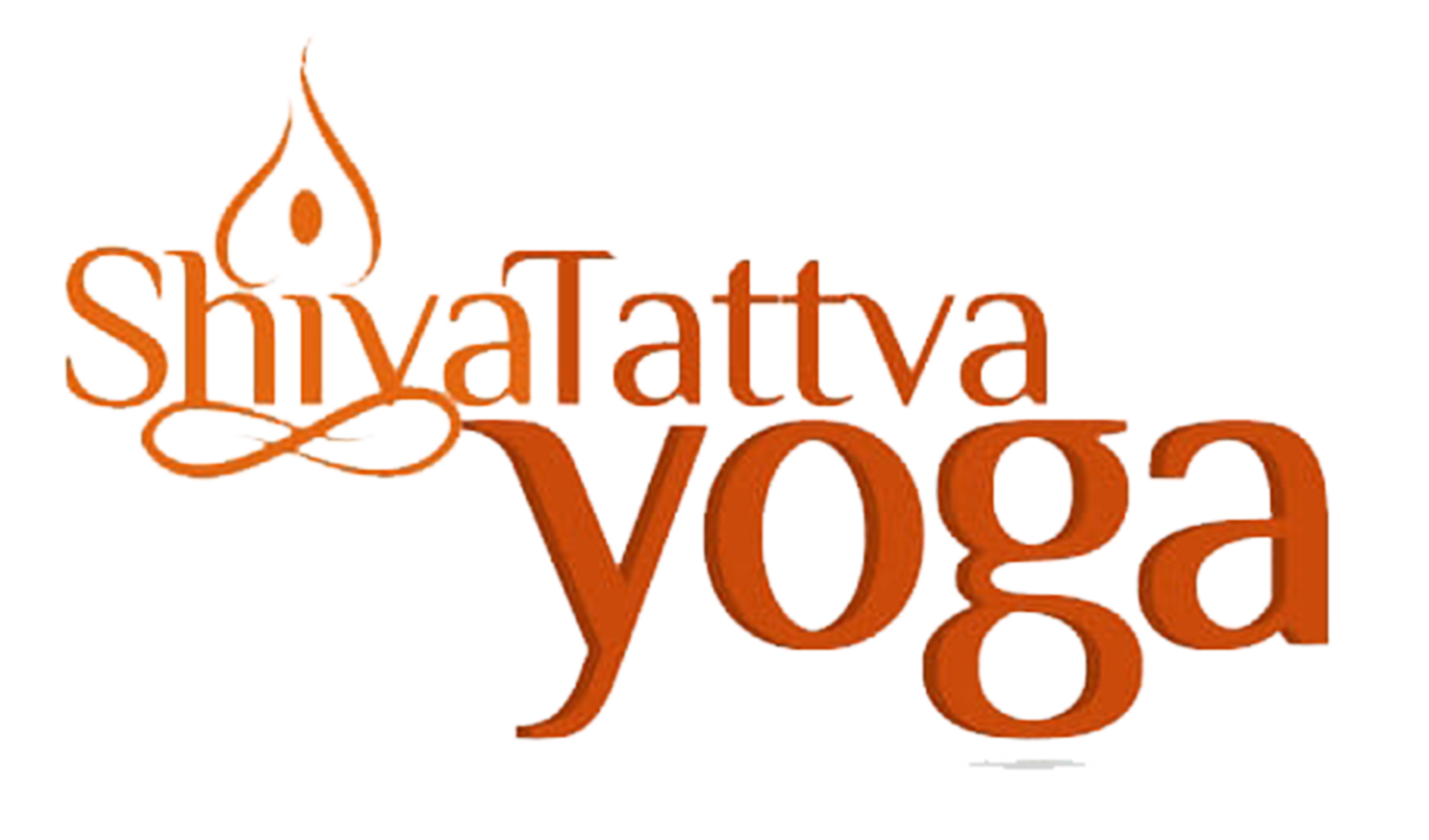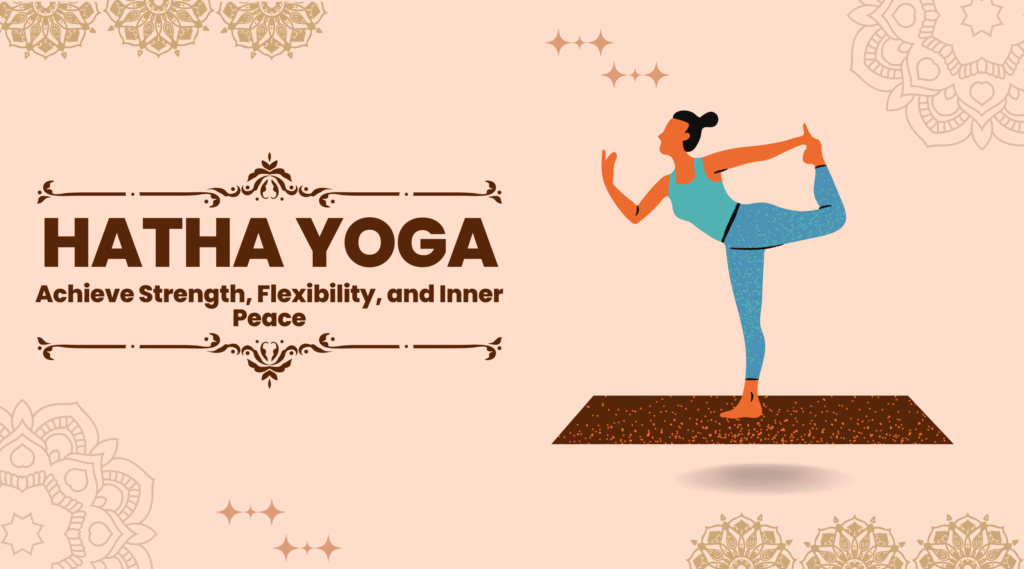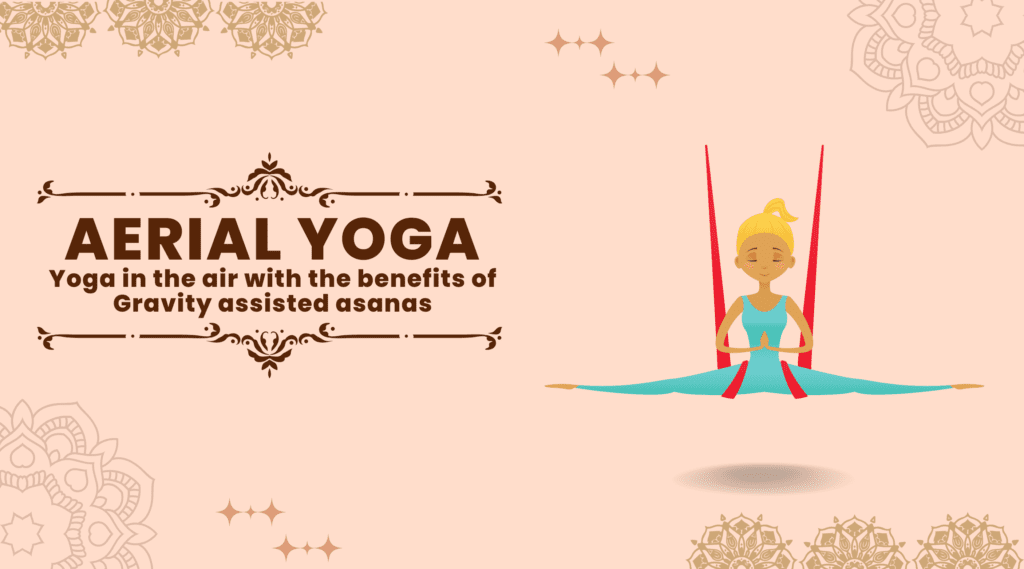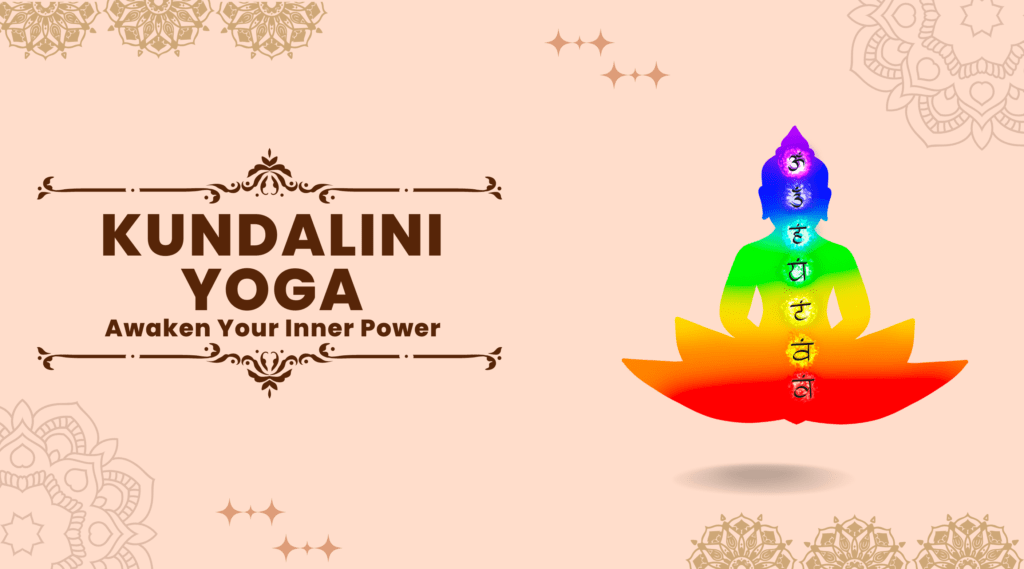Ashtanga Yoga: A Dynamic Path to Physical Fitness and Mental Clarity
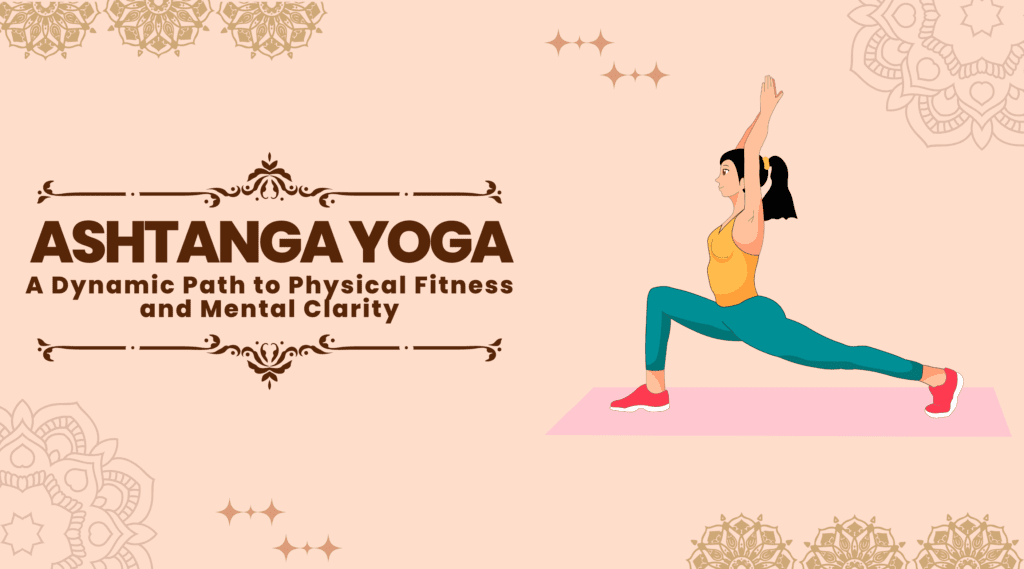
An Introduction
The word “Ashtanga” consists of two different sanskrit words, “Ashta” and “Anga.” The word “Ashta” means “eight” and the word “Anga” means “part” or “limb”. And hence Ashtanga yoga means the eight limbs of yoga. This is a style of yoga that is characterised by its dynamic, physically demanding and structured nature.
Here, we will explore the philosophical underpinnings of Ashtanga Yoga, and the Patanjali’s eight limbs (ashtanga) of yoga. It provides a comprehensive framework for personal growth and spiritual awakening.
History of Ashtanga Yoga
Around 2500 years ago, Maharishi Patanjali described this form of Yoga in his book- “Raja Yoga Sutras”. There are four paths of yoga namely 1. Raja Yoga 2. Gyana Yoga 3. Bhakti Yoga and 4. Karma Yoga.
Raja Yoga is the path of yoga that follows the eight limbs of yoga and hence it is also known as Ashtanga Yoga. These eight limbs of yoga, are:
1. Yama (moral codes)
2. Niyama (discipline)
3. Pranayama (breathing technique)
4. Asana (body posture),
5. Pratyahara (withdrawal)
6. Dharana (concentration)
7. Dhyana (meditation)
8. Samadhi (state of oneness)
Six Sequences of Ashtanga
There was a very influential yoga teacher Pattabhi Jois (1915-2009). He studied under the guidance of Krishnamacharya, a renowned yoga master. Krishnamacharya is often referred to as the father of modern yoga.
Jois began teaching Ashtanga Yoga in Mysore, India, in the 1930s. His teachings were based on the Yoga Korunta. Which is an ancient text on yoga. Jois claimed that his guru, Krishnamacharya passed down the text to him by . The Yoga Korunta outlines a system of yoga that emphasises a set sequence of postures or asanas, combined with specific breathing techniques, or pranayama.
Over time, Jois developed a series of six sequences of asanas, known as the Primary Series, Second Series, and so on. Each series is designed to be progressively more challenging than the previous one, and the student must master each sequence before moving on to the next.
Jois used the name “Ashtanga” for his sequences. So, he created the six sequences of Ashtanga yoga but they were quite difficult to practise as intended. Later on, Jois started using the phrase “Ashtanga Vinyasa Yoga” for his six sequences of Yoga, he added the term “vinyasa” in order to refer to the movements flowing from one pose to another.
Today, this Yoga form is taught all over the world. Many practitioners find this structured and disciplined approach to be a powerful tool for physical as well as mental transformation.
The Benefits of Ashtanga Yoga
Ashtanga Yoga is famous for its physical benefits, including increased strength, flexibility, and endurance. The practice of this form of yoga improves digestion, boost the immune system as well as promote detoxification of the body.
Apart from that, being a dynamic and physically demanding practice, it offers numerous benefits for practitioners. Here are some of the key advantages of practising this Yoga:
Strength and Flexibility: Ashtanga Yoga builds strength and flexibility throughout the body, working on both major muscle groups and smaller, stabilising muscles. The practice incorporates challenging poses that help develop core strength, improve posture, and increase overall flexibility.
Physical Fitness: Regular practice of Ashtanga Yoga improves cardiovascular health, endurance, and stamina. The flowing nature of the practice, combined with synchronised breathwork, promotes efficient circulation and oxygenation of the body, enhancing overall fitness levels.
Balance and Alignment: Ashtanga Yoga emphasises proper alignment and balance in poses. The practice helps improve posture, correct muscular imbalances and develop a strong mind-body connection. It also enhances body awareness, enabling practitioners to move with greater ease, grace, and stability.
Mental Benefits
Mental Clarity and Focus: Ashtanga Yoga involves a specific sequence of poses performed in a meditative flow. Hence this rhythmic practice helps calm the mind, improve concentration, and enhance mental clarity. It promotes mindfulness, allowing practitioners to stay present and focused both on and off the mat.
Stress Reduction: As Ashtanga Yoga incorporates deep breathing techniques hence it activate the parasympathetic nervous system. And becasue of that it promots relaxation and reduces stress levels. The practice helps release physical and mental tension, allowing practitioners to experience a sense of inner peace as well as tranquillity.
Self-Discipline and Self-Awareness: As Ashtanga Yoga follows a set sequence of poses, hence it promots discipline and consistency in practice. Through regular practice, practitioners cultivate self-discipline, patience, and perseverance. Additionally, the practice encourages self-awareness, as individuals learn to listen to their bodies, respect their limitations, and make appropriate modifications.
Inner Transformation: This is not just a physical practice but also a transformative journey. It encourages self-exploration, self-acceptance, and personal growth. Through consistent practice, individuals may experience an increased sense of self-confidence, self-awareness as well as a deeper connection to their inner selves.
Detoxification: The dynamic and vigorous nature of this yoga form generates internal heat, leading to increased sweating and detoxification. This process helps eliminate toxins from the body and purifies the organs, promoting overall health and well-being.
The Practices of Ashtanga Yoga
This form of yoga involves a set sequence of postures or asanas. Hence practitioners need to perform those in that specific order. The practice begins with a series of Sun Salutations, a sequence of postures. It is perfect asana to warm up the body so it prepare the body for the more challenging postures that follow.
The asanas that make up the Primary Series provide a great help to build strength, flexibility, and balance. One need to hold every posture for five breaths, and the entire sequence can take anywhere from 60 to 90 minutes to complete.
The Second Series is even more challenging than the Primary Series, with a focus on deep backbends, arm balances, and inversions. After mastering the previous two series, on can practise the Third Series or the Advanced Series.
Throughout the practice, breath control, or pranayama, is emphasised. The breath is coordinated with each movement, creating a flowing, meditative practice. The practice also includes a period of relaxation at the end, known as savasana, in which the body and mind are allowed to fully relax and integrate the benefits of the practice.
Ten Best Ashtanga Yoga Poses
1. Tadasana (Mountain Pose): A foundational standing pose that promotes proper alignment, grounding, and centering.
2. Uttanasana (Standing Forward Fold): Stretches the hamstrings and releases tension in the back, while calming the mind.
3. Chaturanga Dandasana (Four-Limbed Staff Pose): Strengthens the arms, shoulders, and core muscles, building upper body strength and stability.
4. Upward Facing Dog (Urdhva Mukha Svanasana): Opens the chest and shoulders, strengthens the arms, and stretches the abdomen and hip flexors.
5. Adho Mukha Svanasana (Downward Facing Dog Pose): A rejuvenating pose that stretches the entire body, particularly the back, hamstrings, and calves, while building strength in the arms and shoulders.
6. Virabhadrasana I (Warrior I Pose): Builds strength in the legs and core as well as opens the chest and shoulders, and improves focus and stability.
7. Utthita Trikonasana (Extended Triangle Pose): Stretches as well as strengthens the legs, opens the hips, and elongates the side body.
8. Ardha Matsyendrasana (Half Lord of the Fishes Pose): It not only increases spinal mobility, stimulates digestion, but also stretches the hips, shoulders, and spine.
9. Paschimottanasana (Seated Forward Bend): It is a deep forward fold. That not only stretches the entire back of the body, but improves flexibility, and calms the mind also.
10. Savasana (Corpse Pose): This is the final relaxation pose. It allows the body to integrate the benefits of the practice as well as promotes deep relaxation and restores energy.
Conclusion
Ashtanga Yoga is a powerful form of yoga that emphasises physical strength, flexibility, and endurance, as well as mental focus and clarity. With its structured, disciplined approach, Ashtanga Yoga can be a powerful tool for physical and mental transformation.
However, we should practise this yoga under the guidance of a qualified teacher, especially for beginners, to ensure proper alignment, modifications, and safety.
